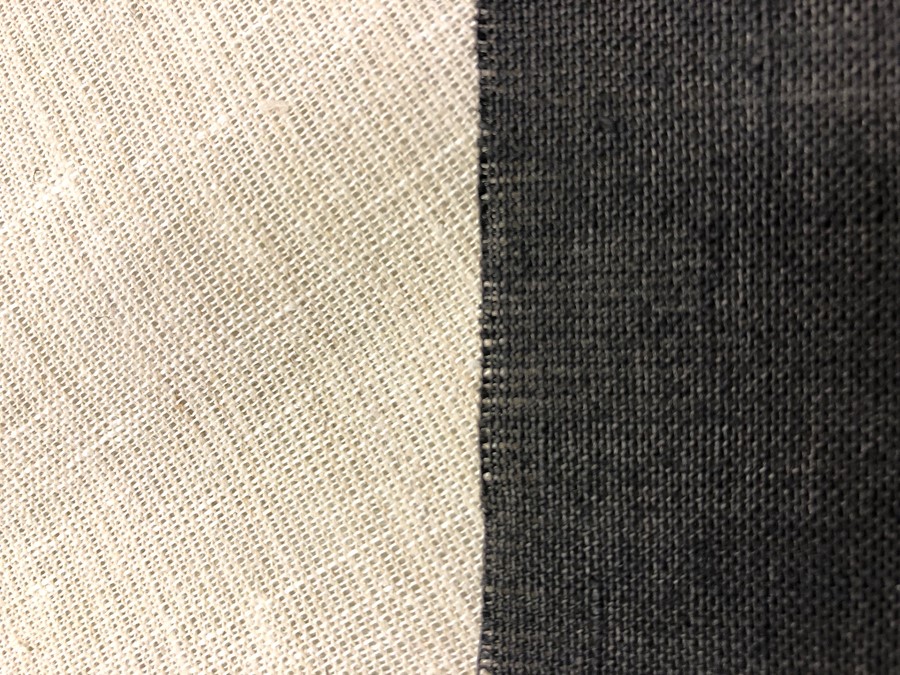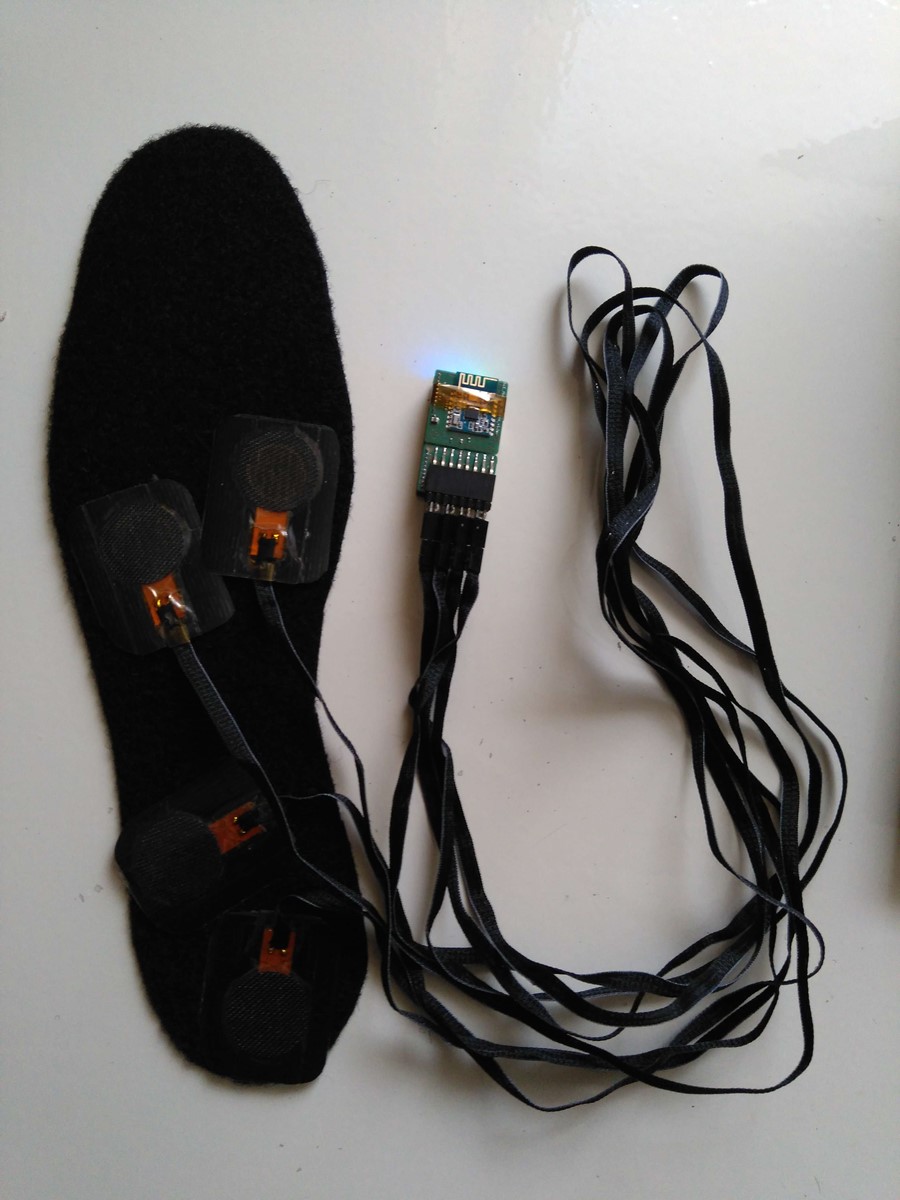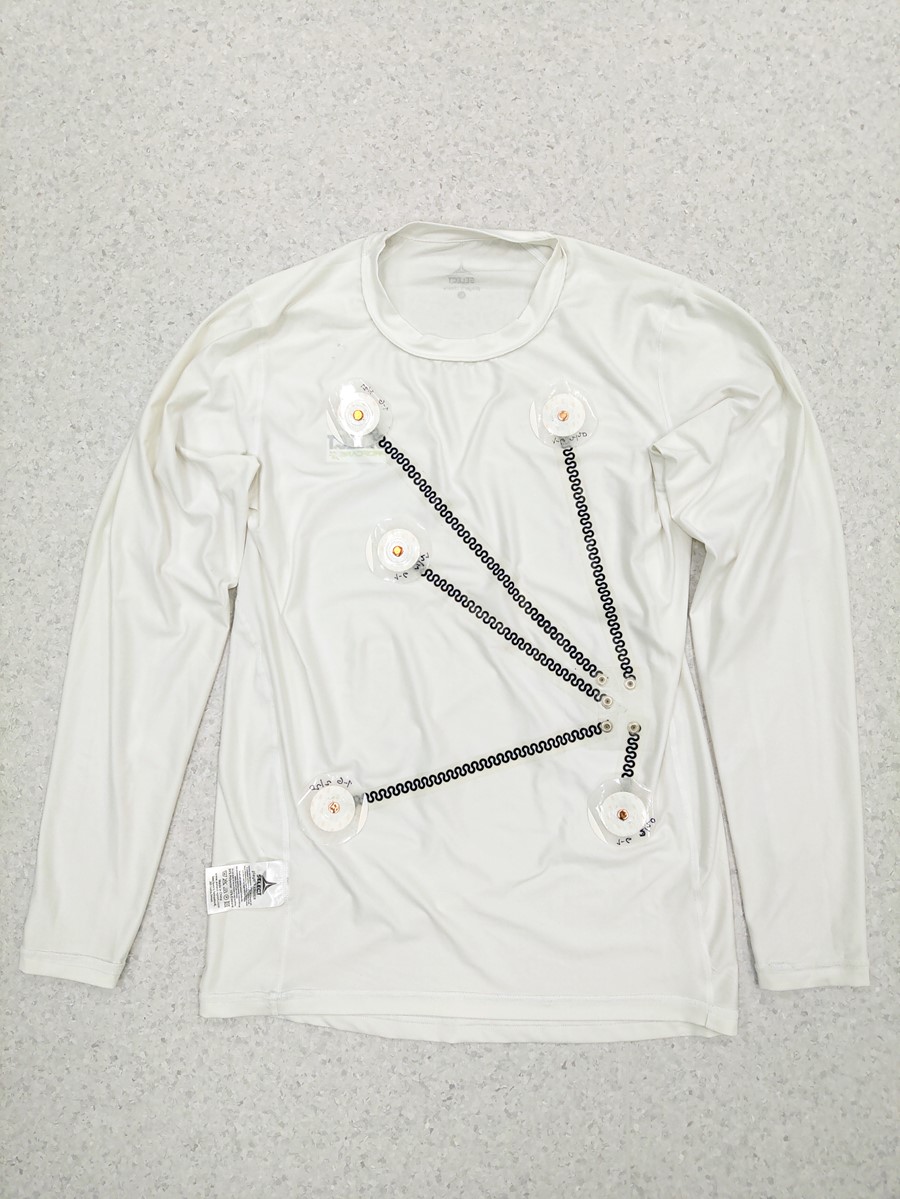Materials of the future: Graphene and textiles
Graphene has proven to be a game-changer in the textile industry, that’s why several sports and clothing brands are working with graphene suppliers to produce graphene-enriched fabrics.
Chosen by more and more professional and amateur sportspeople, this clothing offers versatile, light and strong materials with interesting thermal and conductivity properties. Some Olympian athletes in Tokyo 2020 wore graphene fabrics for their comfort and lightweight properties.
Graphene is an excellent thermal conductor, thus ideal for heated winter garments. Graphene preserves the heat in cold weather and expels heat in warm surroundings. Graphene fibres are also waterproof, thus suitable alternatives for neoprene wetsuits and for swimwear.
The textile industry can also take advantage of graphene’s properties to produce wearable electronics, which can detect, analyse and transmit information about the body and ambient data, and can have life-changing applications in medicine, sports and other fields.
Here are some examples of textiles with graphene that are either available on the market, or in development.
A new wearing experience for warmth and dry comfort during sports
Global sportswear brand Umbro integrated Graphene Flagship Partner Versarien's Graphene-Wear™ technology into its 2023 spring/summer collection’s Elite Pro-Training Kit range. Graphene-Wear™ features novel properties that will allow wearers to experience enhanced thermal transmittance, increased moisture management and improved drying rate, without compromising air or water vapour permeability.
Recently, Graphene Wear™ was also certified by the independent certification system OEKO-TEX®. Gaining OEKO-TEX® Eco Passport means that Graphene Wear™ is an ecologically responsible textile, meets the relevant statutory requirements and textile industry standards, and does not harm human health.
An innovative coating method for skin-like feeling
Graphene Flagship Associated Member Grafren AB, based in Sweden, is testing their graphene-coating method with diverse textile materials. The method does not use binders, nor glue to embed the conductive components inside the fabric. The innovative way to incorporate graphene flakes into the depth of the fabric creates a soft, flexible skin-like product with controlled electrical conductivity. Granted two patents on preparation of the graphene ink and coating of the fabric, the company has developed its own unique equipment for graphene coating and at present can treat fabrics as wide as two metres, in roll-to-roll mode.
The company has three graphene textile products in the pipeline: electrically heatable textiles (G-Heatex) ready for commercialisation, ultra-lightweight camouflage garments and pressure monitoring fabrics for digital healthcare.
More recently, Grafren applied their approach to natural textile fibres, such as flux, jute and hemp, obtaining positive results. “Once proven its efficiency, this can be a game changer in the 'green' composites commercialisation,” says Grafren CEO Erik Khranovskyy.

Graphene-coated hemp fabric (credit: Grafren AB).
Conductive yarns
The researchers in the Graphene Flagship's Flexible Electronics Work Package are developing graphene-enriched conductive polyester (polyethylene terephthalate, PET) yarns. The Finnish institute VTT receives graphene-based layered materials from the University of Cambridge (UK), and compounds it with PET. Afterwards, the material is spun and woven into a fabric by the German company Trevira. If techno-economically successful, this material is expected to become a new type of lightweight conductive yarn.

Graphene-enriched fabric works as a pressure sensor and was applied to the shoe soles. (Credit: Trevira)
Metals out – graphene in
As discussed in the first part of this “Materials of the future” series, graphene stands out as an excellent alternative to metals. This environmentally benign, strong, readily available, and highly conductive material is poised to revolutionize a wide range of applications, especially in the field of wearable technologies. The electronic components of wearable technologies are currently produced with metal-based inks that can be expensive (e.g., silver and gold), environmentally unfriendly and sensitive to oxidation. Replacing these metals with graphene would address these challenges and offer numerous benefits, making it the ideal choice for the future of wearable technologies.
Wearable strain and pressure sensors are particularly interesting for health monitoring. For example, a team led by researchers from Graphene Flagship Partner Eindhoven University of Technology in the Netherlands produced a conductive ink with graphene flakes, nontoxic solvents and a stretchable thermoplastic binder of polyurethane. The ink remains conductive even under 100% strain and is highly stable over 1,000 cycles of 20-50% strain, which corresponds to the stretching of the human skin.

Resistance vs strain curve of printed tracks on a wristband demonstrating excellent stretchability and durability of the material over many cycles.
The combination of high conductivity, stretchability and durability makes these conductors promising candidates for application in wristbands for sweat sensing or pulse monitoring, on-body heaters, smart sportswear, wearable power sources and wearable ECG sensors. The team led by VTT is also working on a shirt for cardiac monitoring. This can help healthcare professionals to diagnose and treat various health conditions, while sportspeople can analyse and improve athletic performance and track their fitness and progress.

Graphene-based dry electrodes with printed graphene for electrocardiogram (ECG) measurements is expected to monitor human health in a way that was not possible in the past due to the limitations of the traditional conductive electrodes, which are dense, non-breathable, strong and rigid (Credit: VTT).




